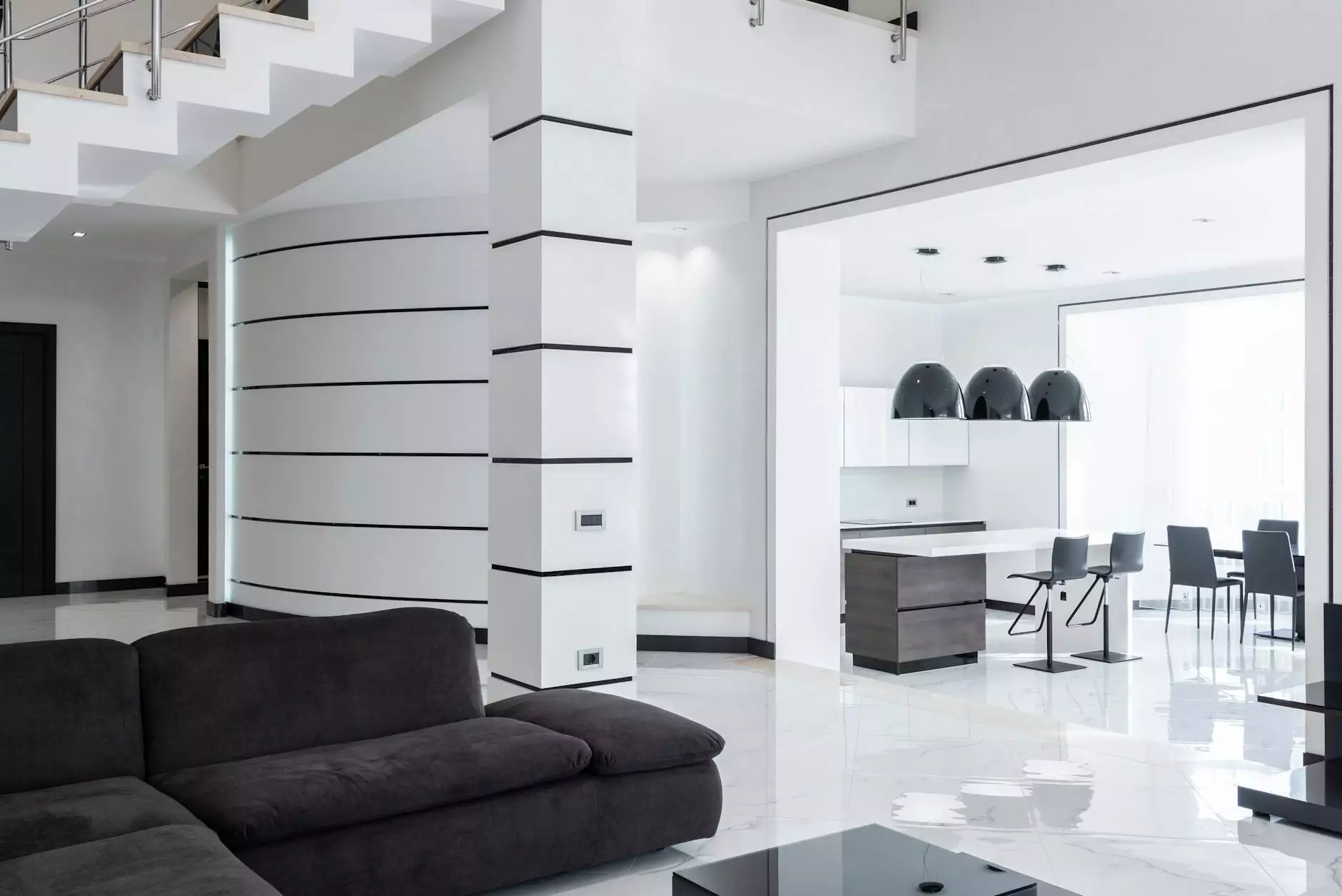What Temperature Should You Set Your Air Conditioner In Summer?
Appliances
Optimal Comfort and Energy Efficiency
When it comes to using your air conditioner during the summer months, finding the right temperature setting is crucial for both optimal comfort and energy efficiency. Sewing Machines & Vacuums Unlimited understands the importance of creating a pleasant environment while keeping your energy bills in check. In this comprehensive guide, we will delve into the factors that influence temperature settings and provide you with practical tips to help you make informed decisions.
The Science behind Temperature Settings
Before we dive into specific temperature recommendations, it's essential to understand the science behind temperature settings. Air conditioners work by removing heat and humidity from the air, creating a cooler and more comfortable indoor environment. The ideal temperature will vary based on several factors, including:
- The outdoor temperature
- The level of insulation in your home
- Personal preferences
Factors Influencing Temperature Settings
The outdoor temperature plays a significant role in determining the temperature at which you should set your air conditioner. As a general guideline, it is recommended to set your thermostat to around 78 degrees Fahrenheit (25 degrees Celsius) for a balance between comfort and energy efficiency. However, you may need to adjust this setting based on your personal comfort levels and external conditions.
Another crucial factor to consider is the level of insulation in your home. Proper insulation helps to retain cool air and prevent it from escaping easily. Insulated windows, doors, walls, and roofs play a crucial role in maintaining a consistent indoor temperature. If your home is well-insulated, you may be able to set your thermostat slightly higher without sacrificing comfort.
Personal preferences also come into play when determining the ideal temperature setting. Some individuals prefer cooler indoor environments, while others are comfortable with a slightly higher temperature. It is important to find a balance that suits your preferences and promotes optimal energy efficiency.
Tips for Maximizing Cooling Performance
1. Use a Programmable Thermostat
Investing in a programmable thermostat can significantly enhance your cooling experience. This technology allows you to set different temperature settings based on your schedule. For example, you can increase the temperature during the day when you're away from home and have it automatically lower before your return. This not only saves energy but also ensures that you enter a comfortable environment.
2. Maintain Regular HVAC System Maintenance
Regular maintenance of your HVAC system is crucial for ensuring optimal performance. Dirty filters and clogged vents can obstruct airflow and reduce cooling efficiency. It is recommended to have your system professionally serviced at least once a year to address any potential issues and keep it running smoothly. By maintaining your system, you can achieve more efficient cooling and potentially lower your energy bills.
3. Utilize Fans and Natural Ventilation
While air conditioners provide effective cooling, it's also beneficial to utilize fans and natural ventilation to circulate air and create a pleasant atmosphere. Ceiling fans, portable fans, and window fans can help distribute cool air and improve ventilation within your home. By using these in conjunction with your air conditioner, you can achieve a comfortable environment while potentially reducing your reliance on the AC.
4. Properly Seal Windows and Doors
Ensuring that your windows and doors are properly sealed can prevent warm air from entering your home and cool air from escaping. Check for any gaps or leaks around your windows and doors and apply weatherstripping or caulking as needed. Proper sealing helps maintain a consistent indoor temperature, allowing your air conditioner to operate more efficiently.
5. Consider Energy-Efficient Window Treatments
Energy-efficient window treatments can play a significant role in controlling the temperature within your home. Options such as blinds, shades, or curtains with thermal backing help to block out the sun's heat during the hottest parts of the day. By reducing the amount of heat entering your home, you can decrease the workload on your air conditioner and potentially lower your energy consumption.
Conclusion
Setting the right temperature for your air conditioner during the summer months is essential for achieving both comfort and energy efficiency. By considering factors like outdoor temperature, insulation, and personal preferences, you can make informed decisions that optimize your cooling performance. Implementing additional tips such as using programmable thermostats, maintaining regular HVAC system maintenance, utilizing fans and natural ventilation, properly sealing windows and doors, and considering energy-efficient window treatments can further enhance your cooling experience and potentially reduce energy costs.










